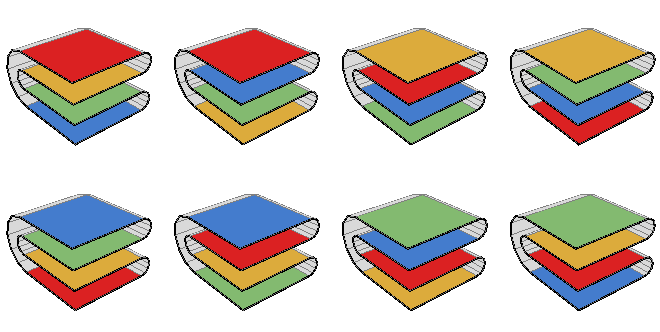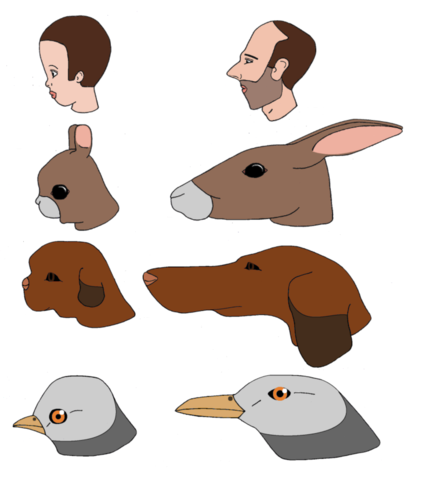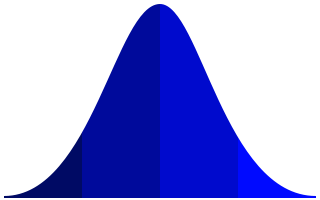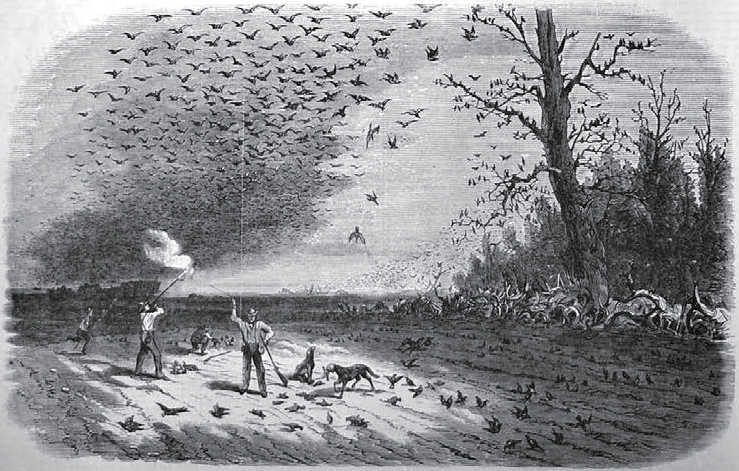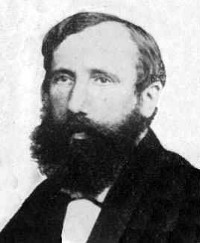
All new ventures have their detractors, and James had his full share with the Cavendish project. One diminishing but still powerful school of critics held that, while experiments were necessary in research, they brought no benefit to teaching. A typical member was Isaac Todhunter, the celebrated mathematical tutor, who argued that the only evidence a student needed of a scientific truth was the word of his teacher, who was ‘probably a clergyman of mature knowledge, recognised ability, and blameless character’. One afternoon James bumped into Todhunter on King’s Parade and invited him to pop into the Cavendish to see a demonstration of conical refraction. Horrified, Todhunter replied: ‘No, I have been teaching it all my life and don’t want my ideas upset by seeing it now!’
— Basil Mahon, The Life of James Clerk Maxwell, 2004

